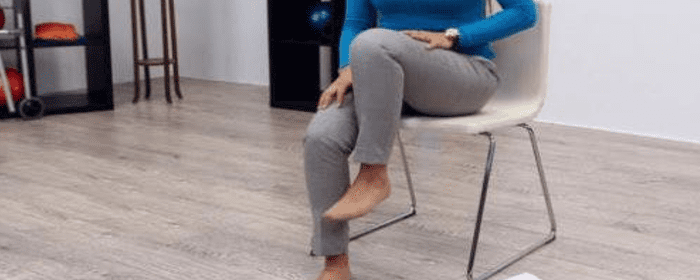Gait refers to a person’s manner of walking or moving on foot. After a stroke, gait can be significantly impacted due to the damage caused to the brain and nervous system. Stroke can affect gait in several ways, including:
Muscle weakness: A stroke can cause weakness or paralysis on one side of the body, which can affect the ability to lift and move the leg and foot during walking.
Spasticity: Spasticity is a condition that causes muscle stiffness and spasms, which can make it difficult to move the leg and foot smoothly during walking.
Balance and coordination: Stroke can affect the brain’s ability to control balance and coordination, making it harder to maintain a steady gait.
Foot drop: Foot drop is a condition where the foot drops down when walking, due to weakness or paralysis of the muscles that lift the foot. This can cause stumbling or tripping while walking.
Cognitive and perceptual changes: Stroke can also affect cognitive and perceptual functions, such as perception of depth and distance, which can affect a person’s ability to walk safely and confidently.
Gait training exercises can help stroke patients improve their gait by addressing these issues through strength training, coordination exercises, balance training, and other targeted interventions. Working with a physical therapist can also help stroke patients to customize their exercise program to their specific needs and abilities.
To regain your strength and improve your ability to walk after a stroke, you can practice gait training exercises like the ones below.
Flamingo Stands
Flamingo stands are one of the easiest gait training exercises to perform. You can stand freely in the middle of the room or with one hand against a wall for added support. Bend one leg up and backward into a flamingo position and remain standing on the other leg. Do this for about 30 seconds and then switch legs. Repeat ten times for each leg.
Seated Marching
Seated marching is a basic gait training exercise that can be performed from any seated position. You start by sitting with both feet placed on the floor in front of you and then lifting one leg up into your chest and placing it back down onto the floor. Repeat this with the other leg and then alternate between legs for ten repetitions.
Side Leg Raises
To perform a side leg raise, begin in a standing position. You can hold on to a chair for increased stability. Lift one leg outward to your side about 45 degrees. Hold this pose for several seconds before bringing your foot back down to the floor. Do 15 repetitions and then repeat with the other leg.
Knee Extension
For a knee extension gait exercise, you will start in a seated position. Extend one leg out in front of you and hold it parallel to the floor. Make sure to contract your thigh muscles and then slowly lower your foot back down toward the floor. Alternate back and forth between each leg for ten repetitions while maintaining a straight posture with your back.
It’s important to note that stroke patients should always consult with their healthcare provider before starting any new exercise program. Additionally, exercises should be tailored to the individual’s specific needs and abilities.


 St. Petersburg, Florida
St. Petersburg, Florida
